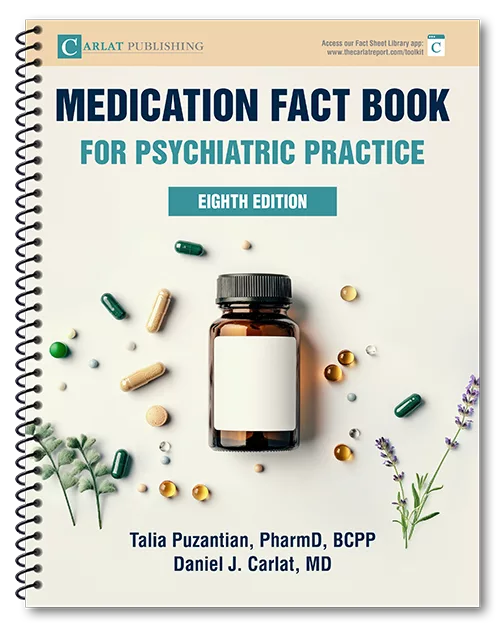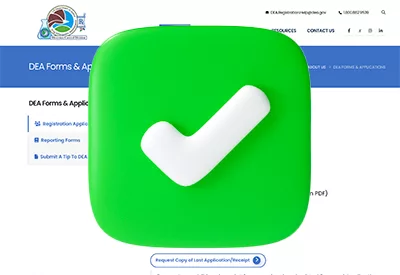Articles Tagged with ''antidepressants''
Antidepressant Response Not Linked to Serotonin Transporter Gene
Section editor, Glen Spielmans, PhD
Read More
SAMe May be Effective Augmentation for Antidepressants
Section editor, Glen Spielmans, PhD
Read More

_-The-Breakthrough-Antipsychotic-That-Could-Change-Everything.webp?t=1729528747)



